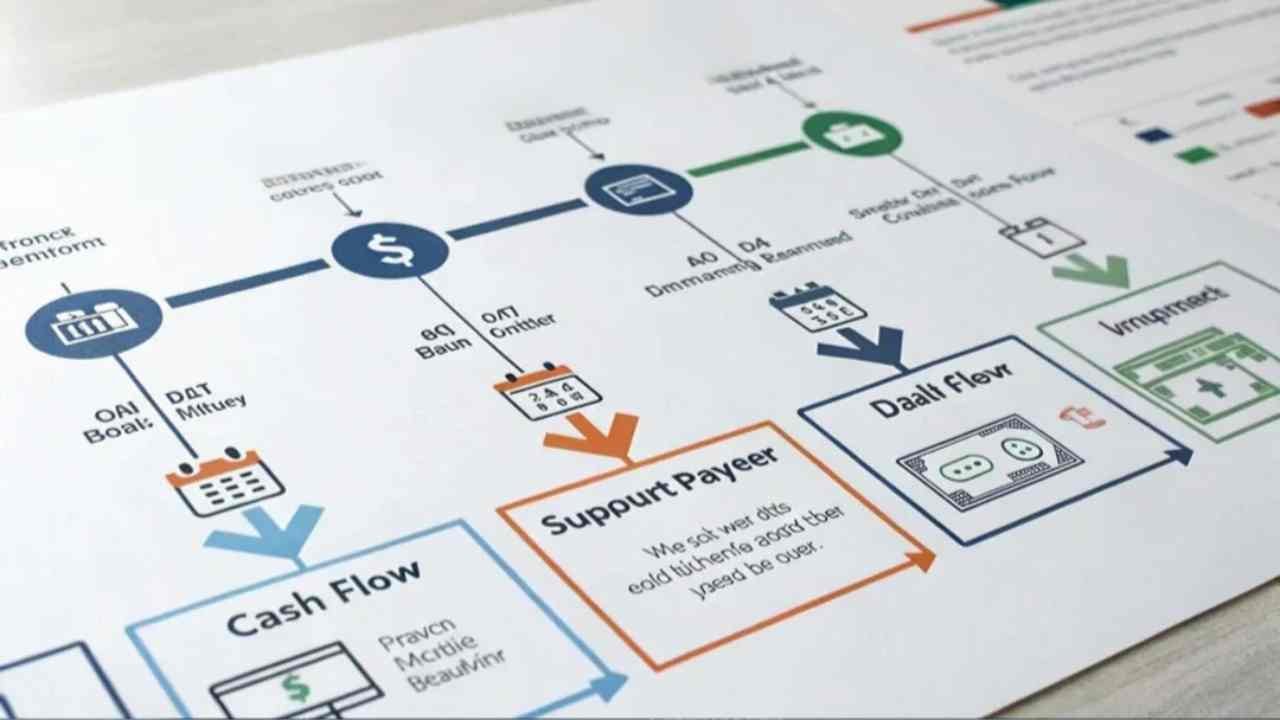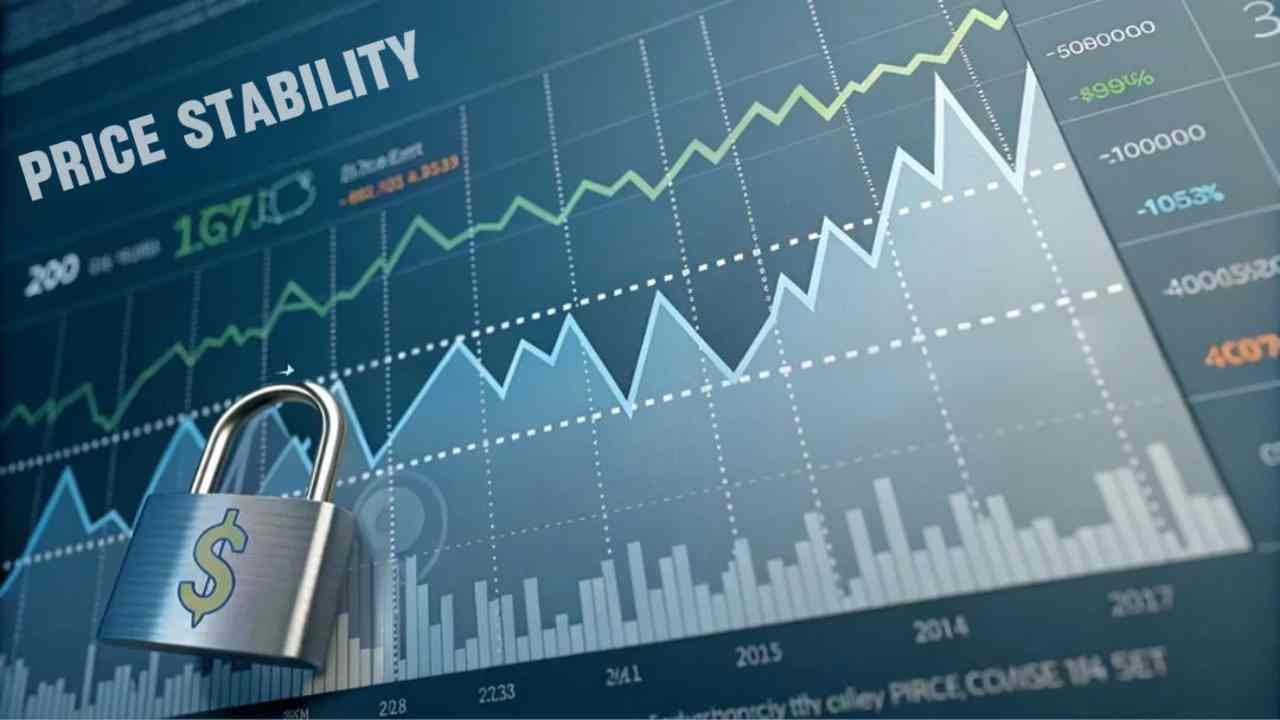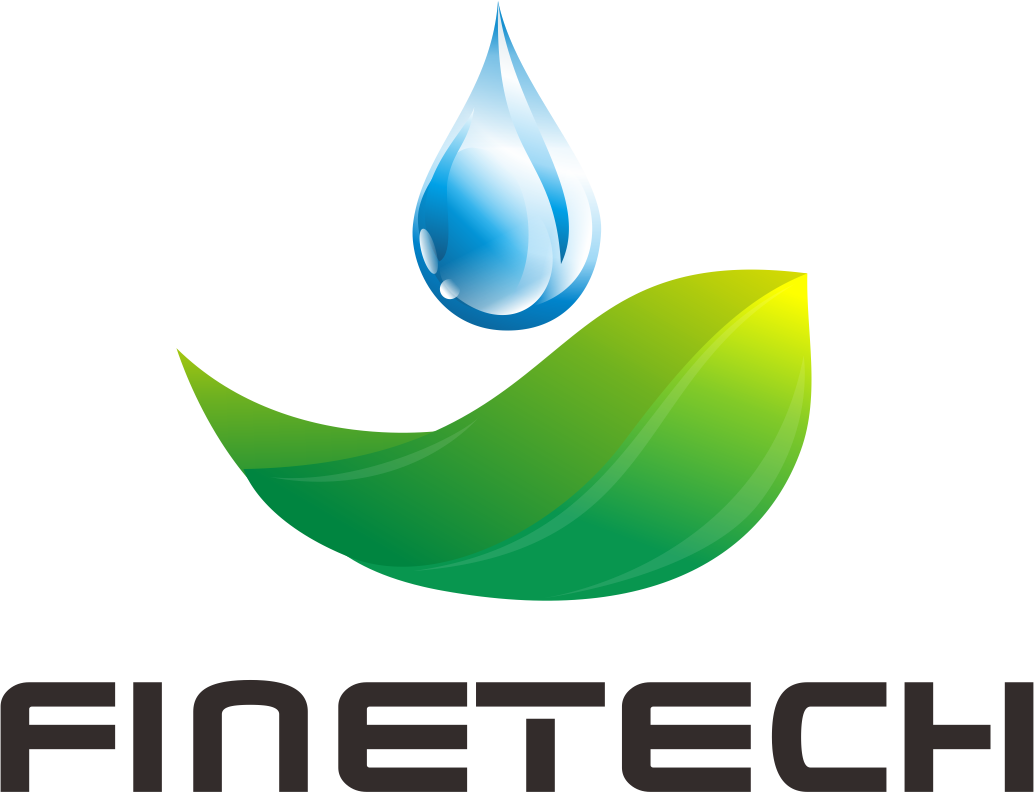Struggling with volatile Ascorbic Acid prices? Want to control costs and improve cash flow? Let's break down how to buy smarter, fast.
Optimize Ascorbic Acid buying by negotiating better payment terms, locking prices with forward contracts, finding hidden costs (shipping, duties), and managing currency risk. A good partner is essential.
At FINETECH, we understand that total cost outweighs unit price in strategic sourcing. Purchasing directors recognize this, too. A low price is useless if payment terms hurt cash flow or hidden costs appear. Let's explore how to optimize your buying strategy.
How do payment terms affect Ascorbic Acid cash flow?
Are large upfront payments tying up your capital? Feeling the cash flow squeeze? Your payment terms are likely the reason.
Payment terms control your cash flow. High upfront deposits (30%+ T/T) lock up your money. Better terms, like a small deposit with the balance against shipping documents (B/L), free up your capital.

Cash flow is everything. Standard terms like a 30% T/T deposit tie up your money for the entire production and shipping time. That's cash you can't use elsewhere.
A better deal for your cash flow1 is a smaller deposit (e.g., 10%) with the 90% balance paid only after the goods have shipped (against the Bill of Lading copy). This keeps your money working for you longer. Other options like L/C (Letter of Credit) are secure but costly and slow. Open Account (OA) terms2 are best for cash flow but are rare and require immense trust.
Payment Term Impact:
| Payment Term | Buyer's Cash Flow Impact | Trust Level Required |
|---|---|---|
| 30% Deposit, 70% vs. B/L Copy | Medium | Standard |
| 10% Deposit, 90% vs. B/L Copy | Low | Good |
| Letter of Credit (L/C) | Medium (High Fees) | Low |
| Open Account (OA) | Very Low | Very High (Strategic) |
At FINETECH, we use our strong factory relationships to negotiate better terms for our clients.
How to negotiate better terms for Ascorbic Acid?
Feeling stuck with rigid payment terms? Want more flexibility from suppliers? You can negotiate better terms with the right strategy.
To get better terms, build a trusting relationship with your supplier, prove your value with consistent order volume, provide clear forecasts, and work with a flexible partner like FINETECH.

Trust is the foundation of any good negotiation. No supplier offers great terms to a new buyer.
- Build Trust: Pay your first few orders on time. Communicate clearly. This builds your reputation.
- Show Your Value3: Suppliers want reliable business. If you buy in large volumes or can provide a 6-12 month purchasing forecast, you become a valuable partner, not just a customer. This gives you negotiating power.
- Use a Partner: Factories can be rigid. As a strategic partner, FINETECH can often get better terms for you than you could directly because of our volume and existing relationships. We bridge the gap.
Negotiation Tactics:
| Tactic | How It Works | Potential Outcome |
|---|---|---|
| Commit to Volume | Sign a long-term contract | Lower deposit % |
| Build Payment History | Pay on time for 3-5 orders | Better balance terms |
| Work with a Partner | Use FINETECH's leverage | Access better terms |
Better terms come from proving you're a reliable, long-term partner.
How to lock prices for Ascorbic Acid?
Tired of volatile Ascorbic Acid prices? Need stable pricing for your budget? Locking in your price is the best way to get control.
Lock in Ascorbic Acid prices with a forward contract. This is a simple agreement with your supplier for a fixed price on a specific volume over a set period (like 3-6 months).

The Ascorbic Acid market can be volatile4. A forward contract eliminates this uncertainty for your business. You agree on a price today for future deliveries.
- Why Lock? It provides budget certainty5. You know your exact cost, which protects profit margins and simplifies planning.
- When to Lock? It's smart when you expect prices to rise or when the market is very volatile.
- The Risk? If the market price falls below your locked price, you'll be paying more. It's also a firm commitment to buy the agreed volume.
Decision Guide:
| Market Outlook | Recommended Action | Rationale |
|---|---|---|
| Rising | Lock price for 6-12 months | Avoid increases |
| Volatile | Lock price for 3-6 months | Create stability |
| Falling | Buy on spot market | Get lower prices |
FINETECH provides market insights to help you decide when to lock prices.
What hidden costs increase Ascorbic Acid expenses?
Got a great unit price? Surprised when the final cost is much higher? You're probably missing hidden costs.
Hidden costs for Ascorbic Acid include shipping fees (like demurrage), customs duties and taxes, currency conversion losses, and the huge financial impact of poor quality or delivery delays.

Focus on the Total Landed Cost, not just the invoice price.
- Logistics: Go beyond the shipping quote. Watch out for destination port fees (THC) and especially demurrage/detention6 fees if your clearance is delayed.
- Customs: Factor in your country's import duties and taxes (VAT/GST). These can be substantial.
- Cost of Failure: The biggest hidden cost. A bad quality batch can cause recalls and ruin your brand. A delivery delay can stop your production line.
Avoiding Hidden Costs:
| Category | Hidden Cost | How to Avoid |
|---|---|---|
| Logistics | Demurrage/Detention | Work with reliable supplier for fast docs |
| Customs | Duties & Taxes | Know your rates beforehand |
| Performance | Quality/Delay Issues | Choose suppliers with quality guarantees. |
FINETECH's promise of top quality and on-time delivery directly eliminates the most damaging hidden costs.
How do currency choices impact Ascorbic Acid costs?
Do you always pay international suppliers in US Dollars? Is that the best option? Your currency choice can secretly inflate your costs.
Currency choice adds cost through exchange rate risk and bank fees. Paying in US Dollars (USD) is standard and stable, but you risk your local currency weakening against the USD before payment is due.

When buying from China, prices are almost always in USD. If your business uses Euros, Riyals, or another currency, you are exposed to exchange rate risk.
The risk is that the exchange rate between your local currency and the USD changes between when you place the order and when you pay. If your currency weakens, the same USD price will cost you more in your own currency. For example, a $100,000 payment could cost you thousands more if the exchange rate moves against you.
For most businesses, sticking with USD is the simplest option. The best strategy is to be aware of the risk and factor potential currency movements into your budget. Paying in EUR or RMB is sometimes possible with large suppliers but adds other complexities.
Currency Choice Summary:
| Currency | Pro for Buyer | Con for Buyer |
|---|---|---|
| USD | Standard, predictable price | Risk vs. your local currency |
| EUR | No risk if in Eurozone | Fewer suppliers accept; price based on USD |
| RMB | Small potential discount | You take on direct RMB risk |
Being smart about currency means understanding and planning for the risk.
Conclusion
To optimize Ascorbic Acid buying, smartly negotiate terms, lock prices when needed, account for all hidden costs, and manage currency risk. A reliable partner makes this easy.
-
Understanding cash flow is crucial for managing finances effectively. Explore this link to learn how to optimize your cash flow. ↩
-
Discover the benefits and risks of Open Account terms, a rare but advantageous option for cash flow management. ↩
-
This link will offer insights on showcasing your value, enhancing your negotiating power and supplier relationships. ↩
-
Exploring the concept of volatility can enhance your market strategy and risk management. ↩
-
Understanding budget certainty can help you manage costs effectively and protect your profit margins. ↩
-
Understanding these fees can help you avoid unexpected costs and ensure smoother logistics. ↩


